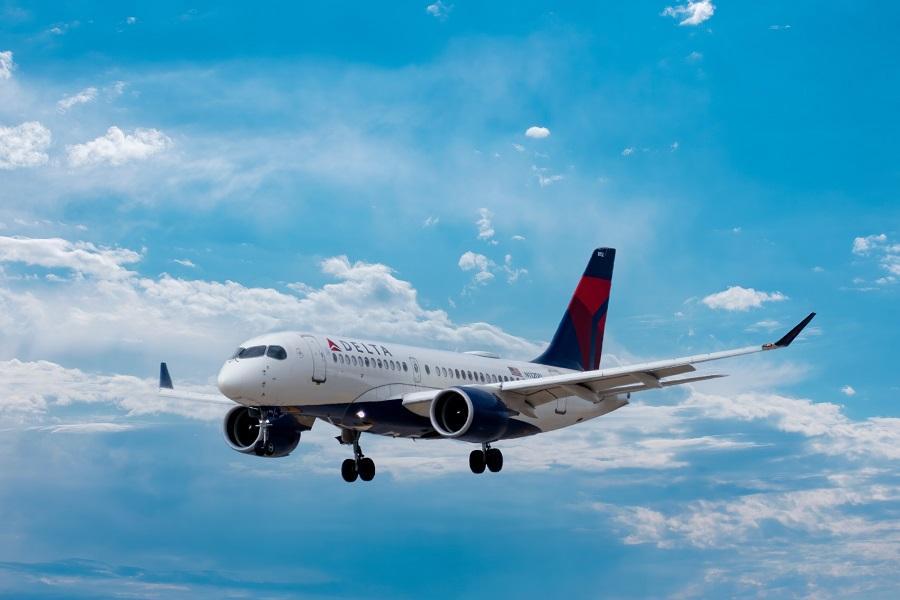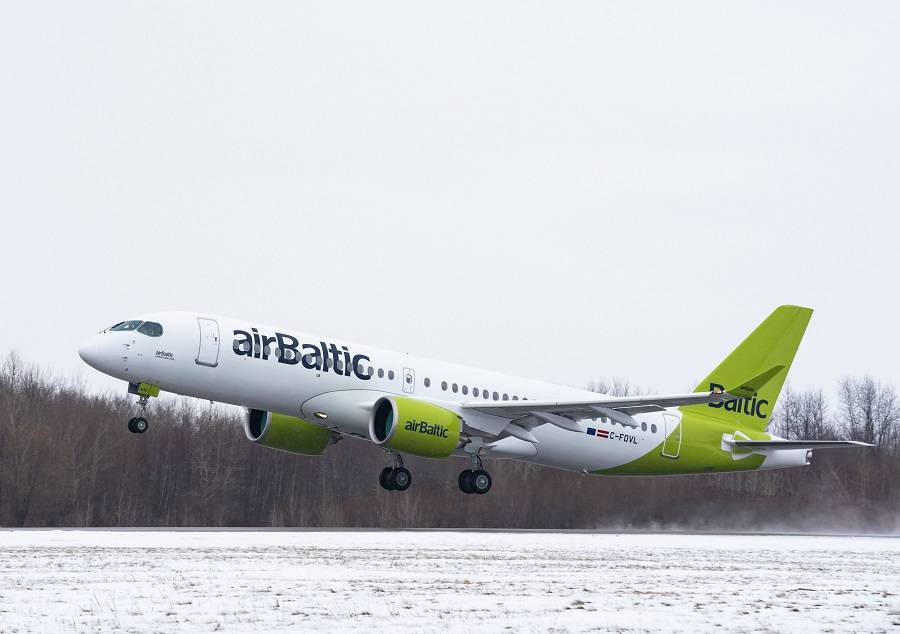What if it had been Boeing, not Airbus, that had taken over the Bombardier CSeries (now A220)? And was this ever likely, or even possible?
For those who don’t know, what we refer to today as the Airbus A220 started out as the Bombardier CSeries. The Canadian manufacturer launched this program in 2008. But the preparation and study for this model went back even further, including consultations with airlines and lessors. Pratt & Whitney, the engine manufacturer, was part of the process early on since they were key to the plane’s main selling point: efficiency.
Where this story begins to get interesting is how Boeing and Airbus reacted to the launch of the CSeries. Bombardier was touting the aircraft as a replacement for many older single-aisle types. These included the DC-9/MD-80 families, the BAe-146/Avro RJ, the Fokker 100 and perhaps some older 737s.
Boeing did not see the CSeries as a threat to its aircraft line. In 2008 they had already stopped producing the 717 (née MD-95). Also, it was clear that the bigger end of the 737 family was now their bread-and-butter seller. Simplistically speaking, Boeing saw Bombardier’s new plane as an overgrown regional aircraft.
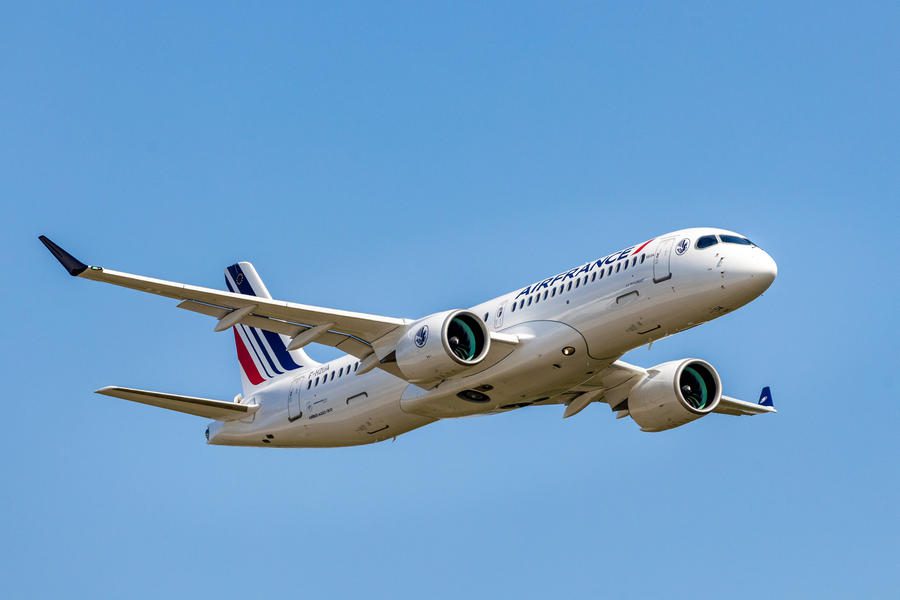
Bombardier did, indeed, describe the CS100 and CS300 (now A220-100 and A220-300) as regional aircraft. However, Bombardier also wanted these jets to have transcontinental capability – and indeed, both versions have it. But “regional jet” actually means different things in different parts of the world. Boeing missed the fact that the CSeries would be an aircraft capable of performing very long flights.
Airbus – Once Bitten, Twice Shy?
Interestingly and perhaps ironically, Airbus did not miss this. “Ironically” because with the A380, Airbus had put all its eggs in the hub-and-spoke basket. Instead, Boeing had based its future in long-haul on ETOPS and point-to-point – and won, with the 777 and 787. By the end of the ’00s, Airbus had understood this, launching the A350.
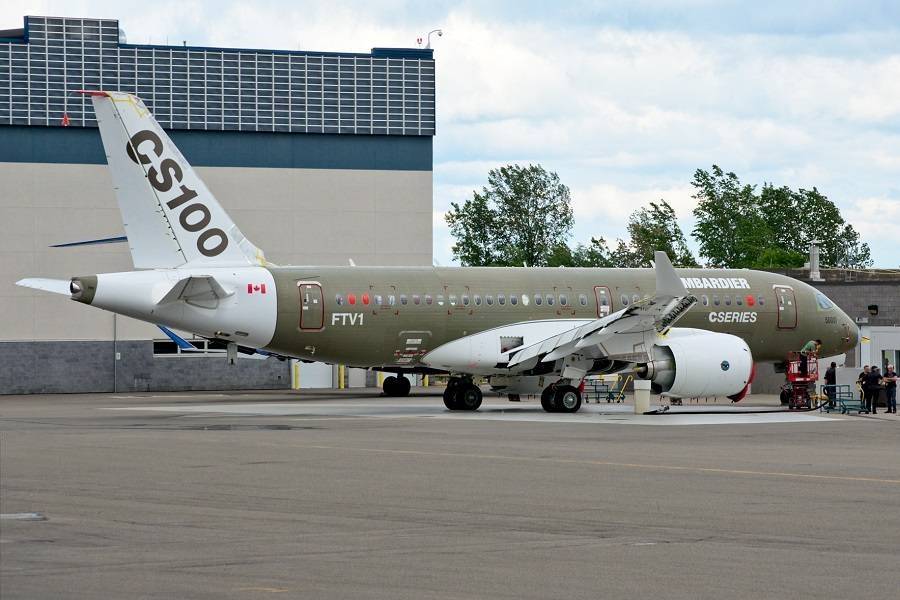
Having been bitten in long-haul, Airbus was on the lookout for point-to-point developments in short-haul. And those upcoming Canadian planes fit that description perfectly. “Small capacity + long legs” isn’t just a niche, to Airbus. So, unlike Boeing, Airbus kept a close eye on how Bombardier’s work on the CSeries went. The larger model, in particular, had the potential to threaten the A319 and even the A320.
Thanks to modern materials and its P&W geared turbofan engines, Bombardier boasted that its design would be no less than 15% more efficient than the planes it would replace. In some cases, the gains were over 20%. And crucially, the plane’s per-seat efficiency meant it could compete with larger jets. This made the CSeries competitive with Boeing and Airbus models, even if it sat fewer people.
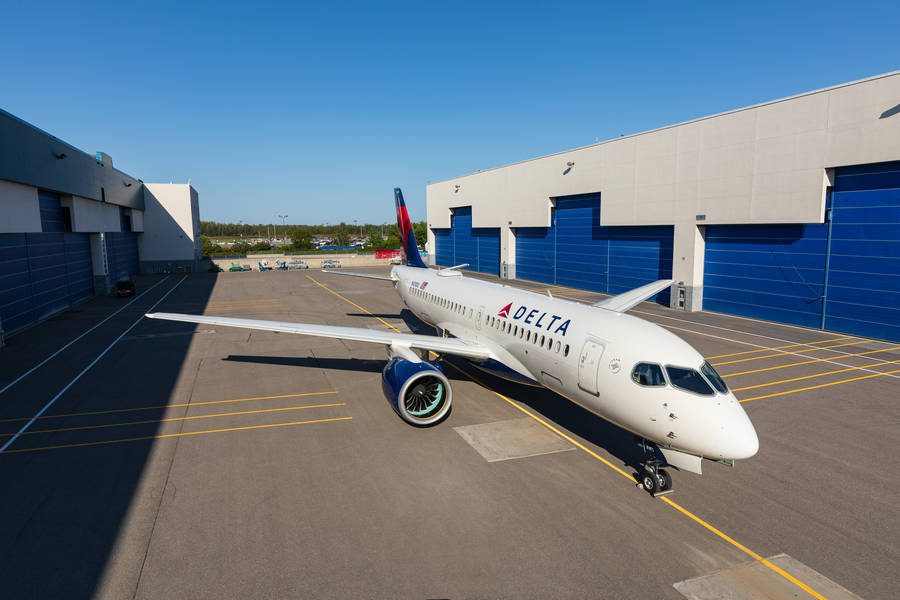
Also, Bombardier found itself in financial trouble, quite early on in the program. Airbus likely was already waiting for an opportunity at this point. And Boeing finally woke up to the danger that the CSeries represented in 2016. That’s when Delta Air Lines placed an order for the CS100, the smaller of the two models. They later ordered the larger, 140-seat version as well.
Boeing Reacts To The CSeries (very late)
Boeing had almost lost a sale to United for the 737 MAX, even before the Delta CSeries order. The American manufacturer reacted very strongly – by taking legal action. This is a very long story in itself, but Boeing accused Bombardier of price-dumping. They also argued that the whole program benefited from illegal subsidies from the Canadian government. Boeing knew that Bombardier couldn’t fight them on their own.
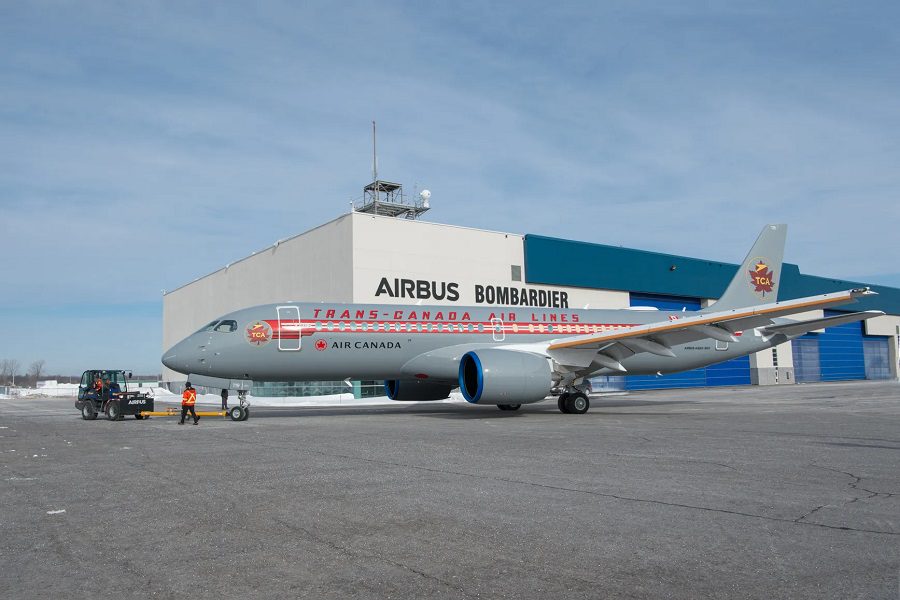
But Bombardier knew this, too. So at this point, they started looking for a partner, and Airbus didn’t take long to turn up. The rest, as they say, is history. The Bombardier/Airbus pairing is another long story. But in any case, Boeing did not avoid the CSeries by reacting the way they did. Worse, Boeing fell out of favour with the Canadian government, losing an all-but-signed sale for F/A-18E/F fighter jets.
For Airbus, getting the CSeries (now A220) gave it a comprehensive line of single-aisle aircraft, that Boeing couldn’t match. And even better, it confirmed that Airbus made the right choice, re-engining the A320 family to make the A320neo. Arguably, getting the Pratt & Whitney GTF for the A320neo was inspired, in part, by the CSeries. Seeing the CSeries as a threat, they originally wanted to make an all-new aircraft – a very expensive proposition.
A World Where The CSeries Is A Boeing Aircraft
So this (finally – that was a long intro) gets us to the question in the title. What if things have gone a bit differently? What if Boeing had seen the CSeries the way Airbus did? And crucially, what if Boeing used a bit more caution (and/or diplomacy) and acquired these aircraft instead of Airbus? What would the single-aisle aircraft market look like today? Could what we now call the A220 have been the 797?
As we know, Boeing, too, considered making an all-new aircraft, instead of the 737 MAX. This decision came well before Bombardier’s financial problems. So Boeing would still have the 737 MAX today, but with the CSeries, the plane would have a smaller sibling. This would arguably have worked against the 737-7, in the long run. But would this be a big problem for Boeing?
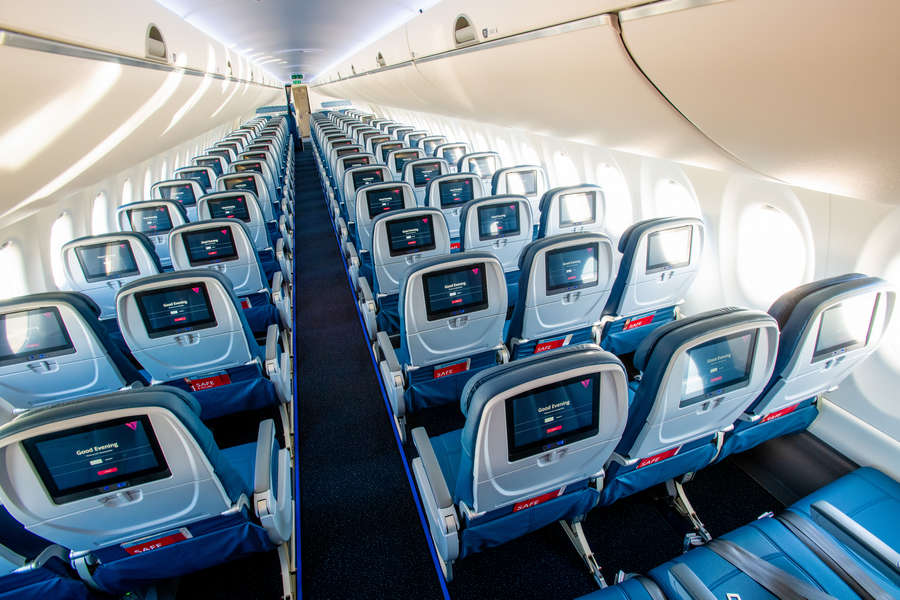
Remember, the American manufacturer has wanted to introduce a “New Mid-size Airplane” (NMA). This initiative has changed names and priorities, several times. But in all its guises, it would be a bigger aircraft than the 737 MAX, not quite replacing it. The NMA would struggle to complement the MAX family well. But what if Boeing had the CSeries at the smaller end?
We’ve seen in several articles that Airbus is now pondering the introduction of a longer A220, named the A220-500. For Airbus, this plane could hurt A320neo sales. The A319neo is already doing quite badly. But if Boeing had the CSeries to themselves, things could be different. The manufacturer could go ahead with their NMA, as finances allowed. Then, they could bring in the longer CSeries model (797-5?) when the 737 MAX begins to lose its shine.
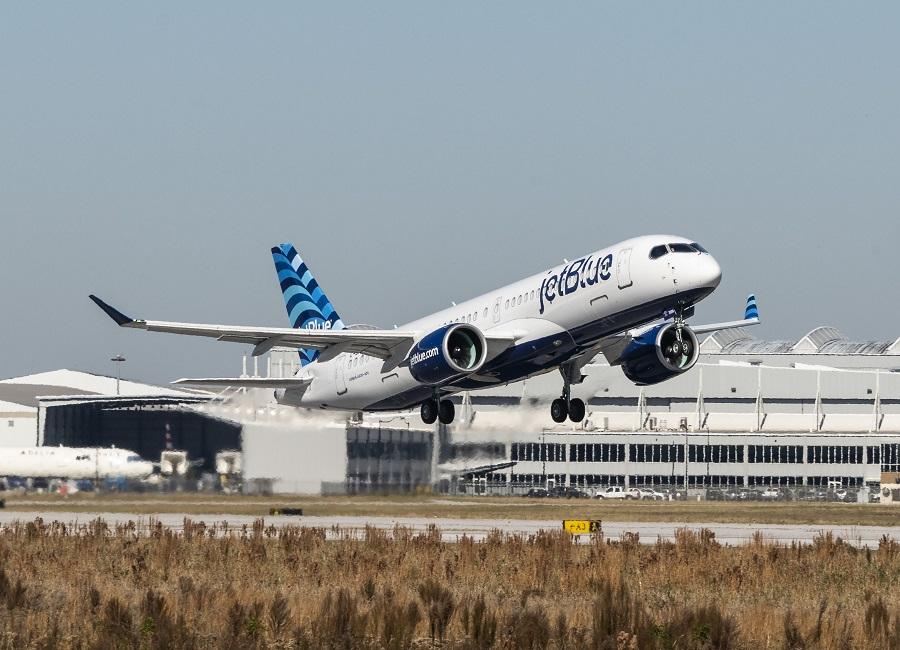
Many More Factors
Of course, the grounding of the MAX would still impact Boeing heavily, CSeries or not. Same for the pandemic. But the manufacturer would have some useful options. Conversely, Airbus might have had to react. The European manufacturer has several potential plans today, like the A322 and A320.5. But they have little reason to implement them at the moment since their aircraft lineup works well against Boeing’s.
Finally, there is the supply chain side. We’ve recently seen that Airbus is currently busy trying to streamline the supply chain of the A220. This is something Boeing would arguably have found easier to do, had the CSeries been theirs. This doesn’t mean that these problems are specific to Airbus. But the A220 is very much a north-American jet, with a north-American supply chain.
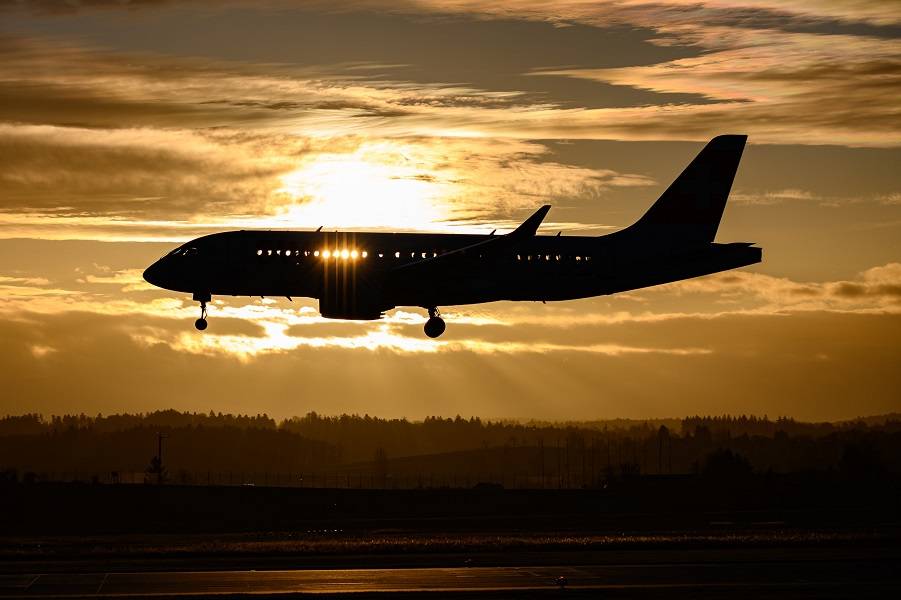
There is much more to all this. Boeing and Embraer were in talks at that time, that a CSeries purchase would certainly make… awkward. Knock-on effects could include a future turboprop – but Boeing could do this with Bombardier, replacing the Q400, rather than with Embraer.
We could go on – that’s the nature of crazy “what if” scenarios. But perhaps what makes this alternative reality most interesting, is that it isn’t as crazy as it might first sound.

